RESOURCE LIBRARY
Top Six Violin Postures That Cause Pain and Violin Injuries

Musician Injuries often happen because playing your instrument, whether it is the violin, piano, cello, guitar, flute, drums or even the glockenspiel, is repetitive and asymmetrical.
Prevent hand, arm, neck and back pain by improving your playing posture.
Image via Unsplash.
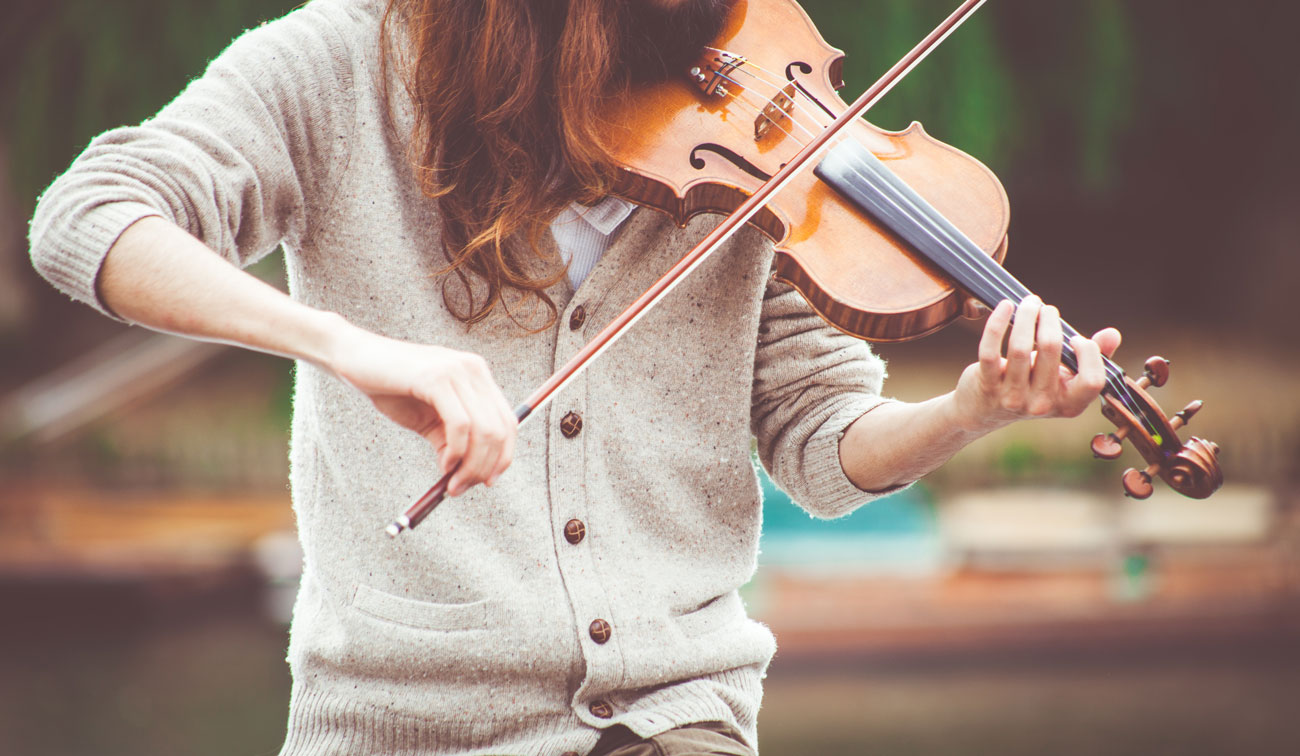
Often times, changes in technique, practice habits, instrument set-up, posture, and other life changes can contribute to injury. You may want to examine whether there have been any changes lately and whether they were introduced quickly versus gradually.
Here we have a novice violinist demonstrating six postural habits that can contribute to hand, arm, neck and back pain.
1. Arm Position
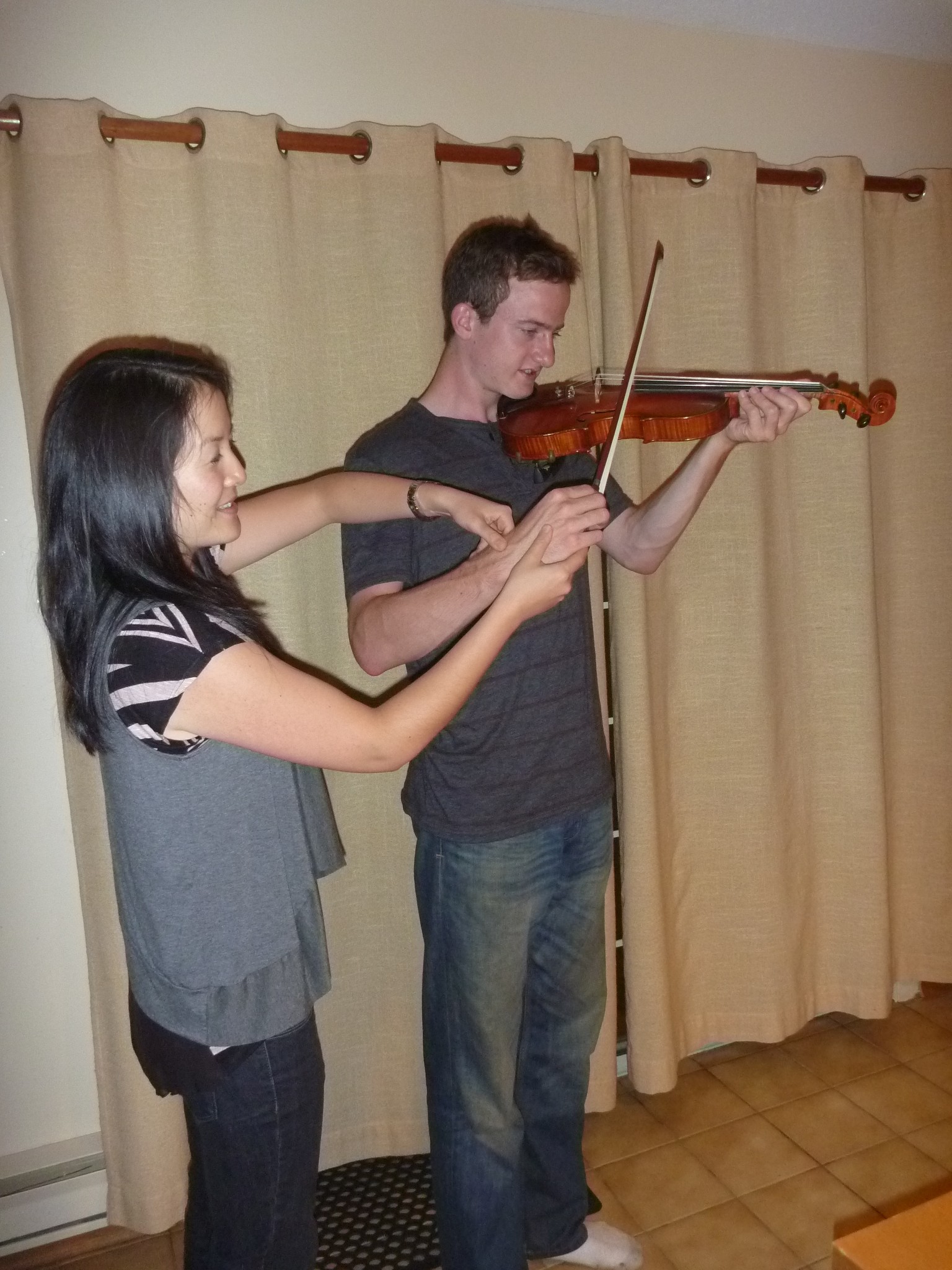
A good violin teacher will notice when your hand or wrist is not in an optimal position. However, when playing for a long time, sometimes very subtle changes in position can occur in the forearm, wrist or finger positioning in either the bow or string hands. Repetitive use of a muscle or joint when it is in a non-optimal or neutral position can lead to overuse and eventual repetitive strain injury. A Musician Injury Scan can help to identify these variations in posture and prevent injury.
2. Neck and Jaw (TMJ) is Bent to the Left
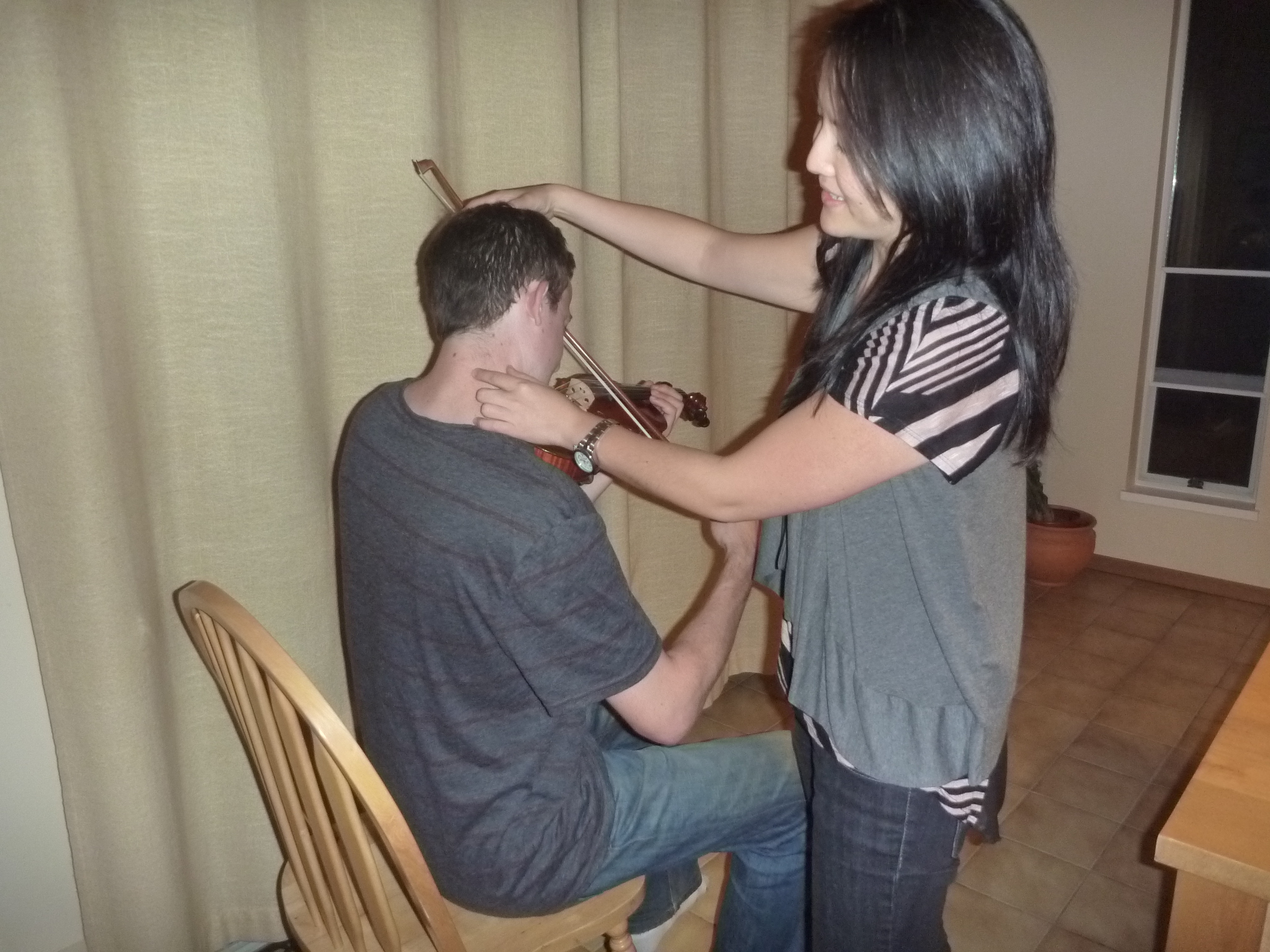
Here we see the neck is bent to the left. Now, a good music teacher would be fairly quick to correct this posture by bringing the head to as straight as a position as possible. However, it is unavoidable as a violinist to not use the left neck and temporomandibular joint (or jaw) muscles more than the right. A right side bend stretch is one thing a violinist can do to alleviate this left neck and jaw muscle overuse. If you missed our exercise tip sheet from the last post, look here.
3. Right Shoulder Girdle Slump
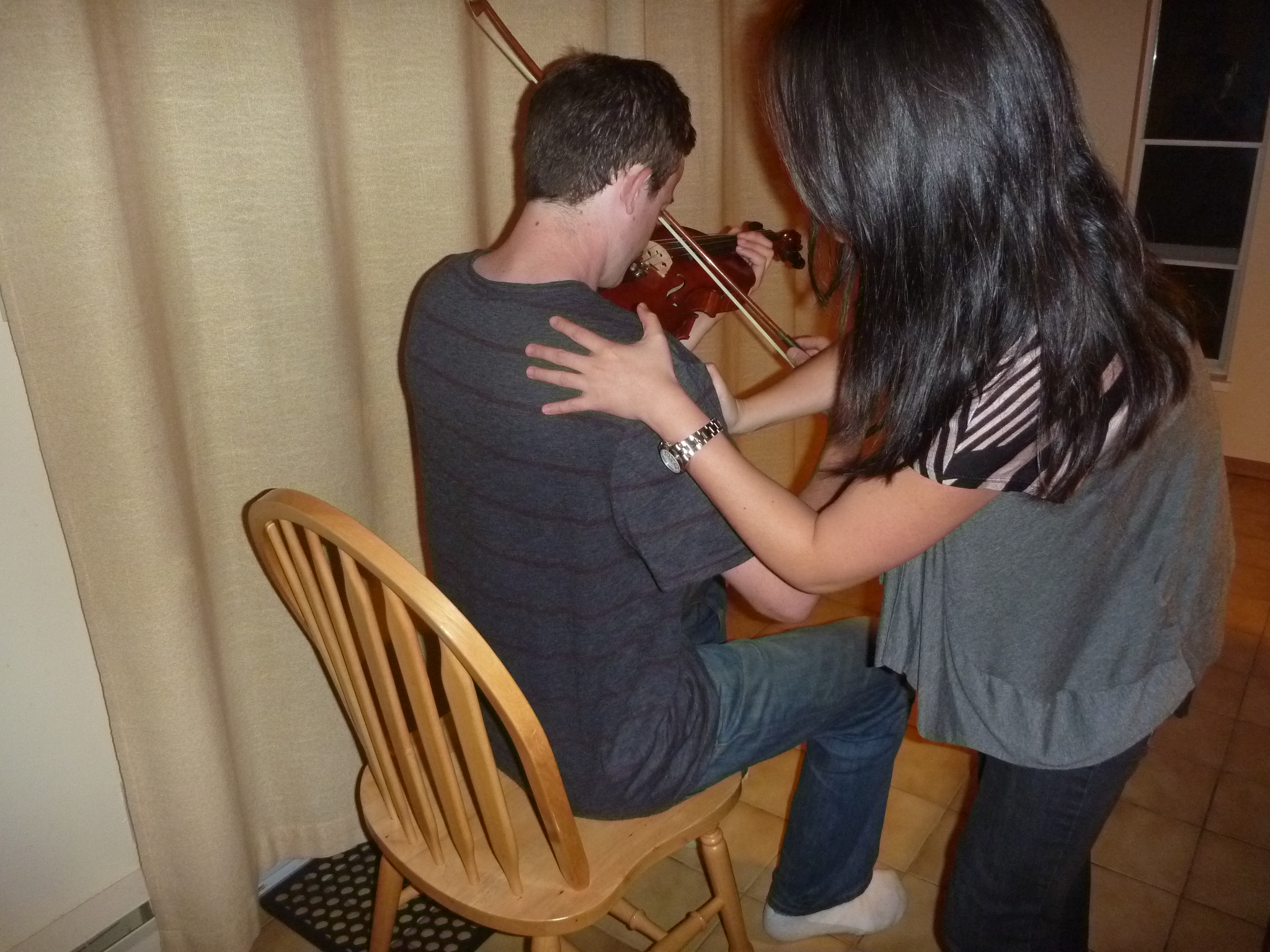
Pain in the right shoulder, neck and upper back is not uncommon amongst violinists as well. Often times the shoulder blade, or scapula, can be slumped and pulled up and forward from overuse of the upper trapezius and pectoral muscles, and weakness of the lower scapular muscles.
4. Lazy Back
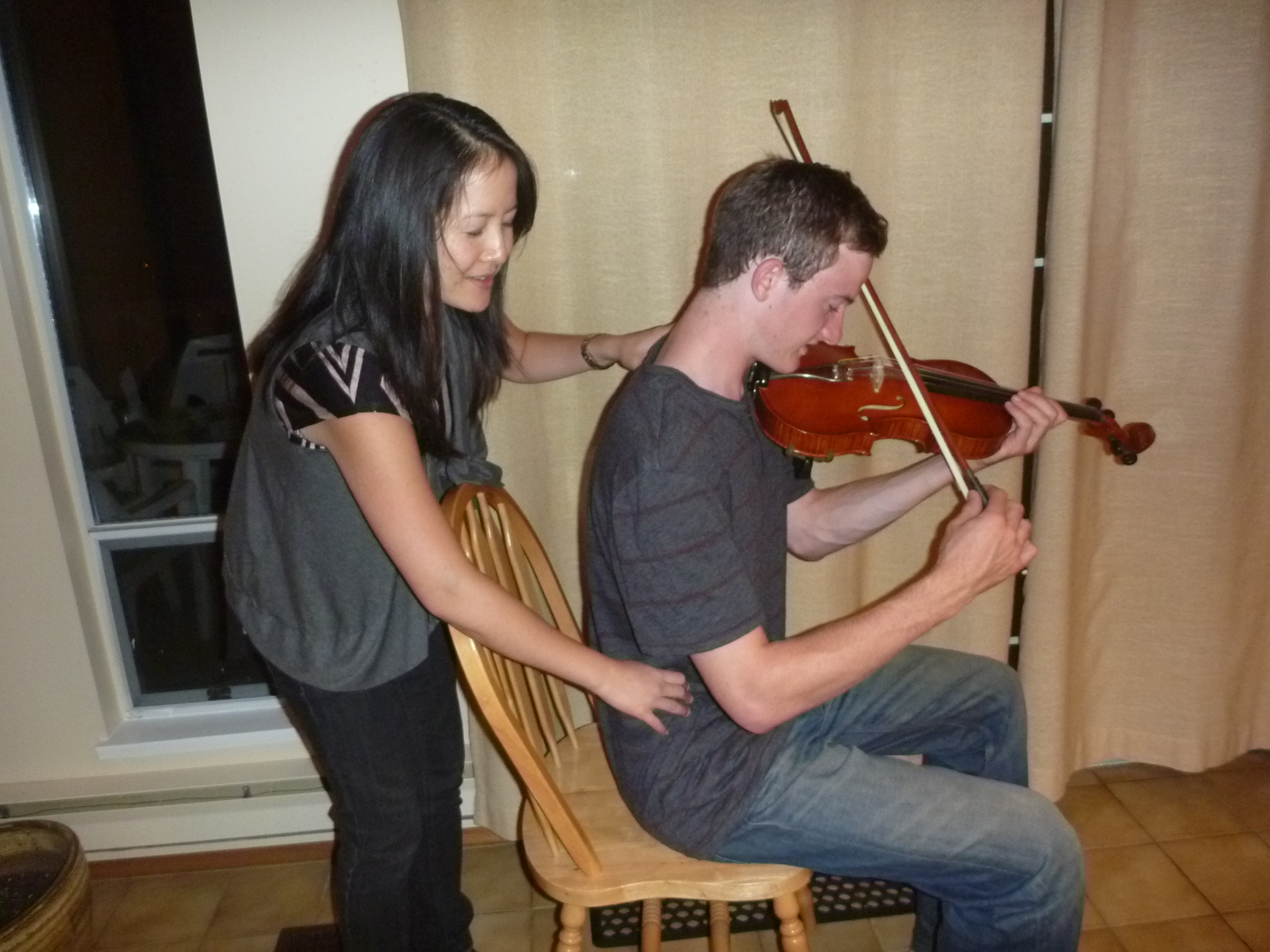
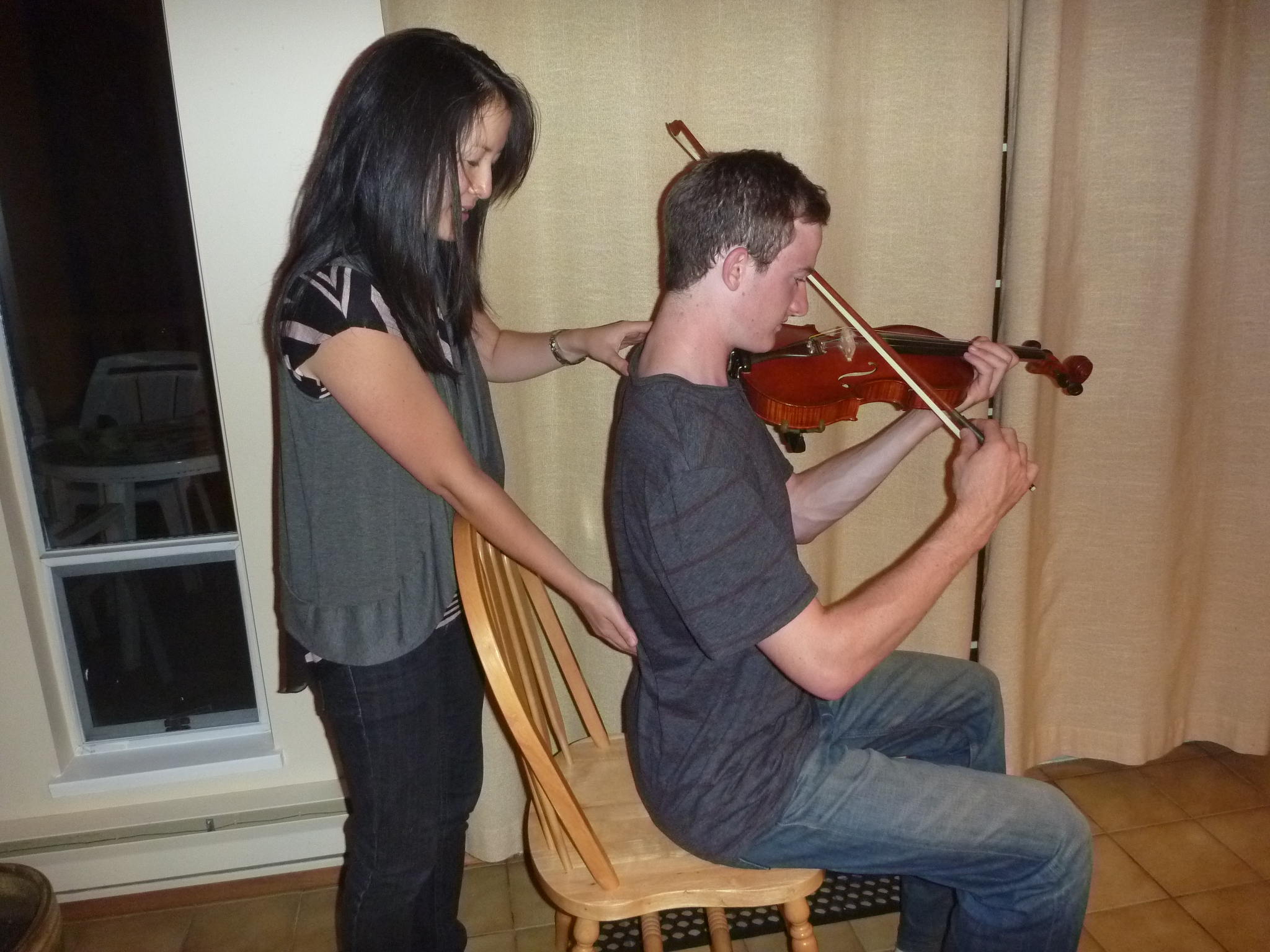
Here we see a loss of the spine’s natural curves. There is an increase in kyphosis, or forward curve, throughout the back. In the low back, we see a loss of lumbar lordosis, or backward curve, along with a pelvis that is tilted back. Playing with these postures in a prolonged fashion contributes to muscles and ligaments being stretched in the back, leading to weakness and eventual pain with overuse in this non-optimal posture.
5. Swayback
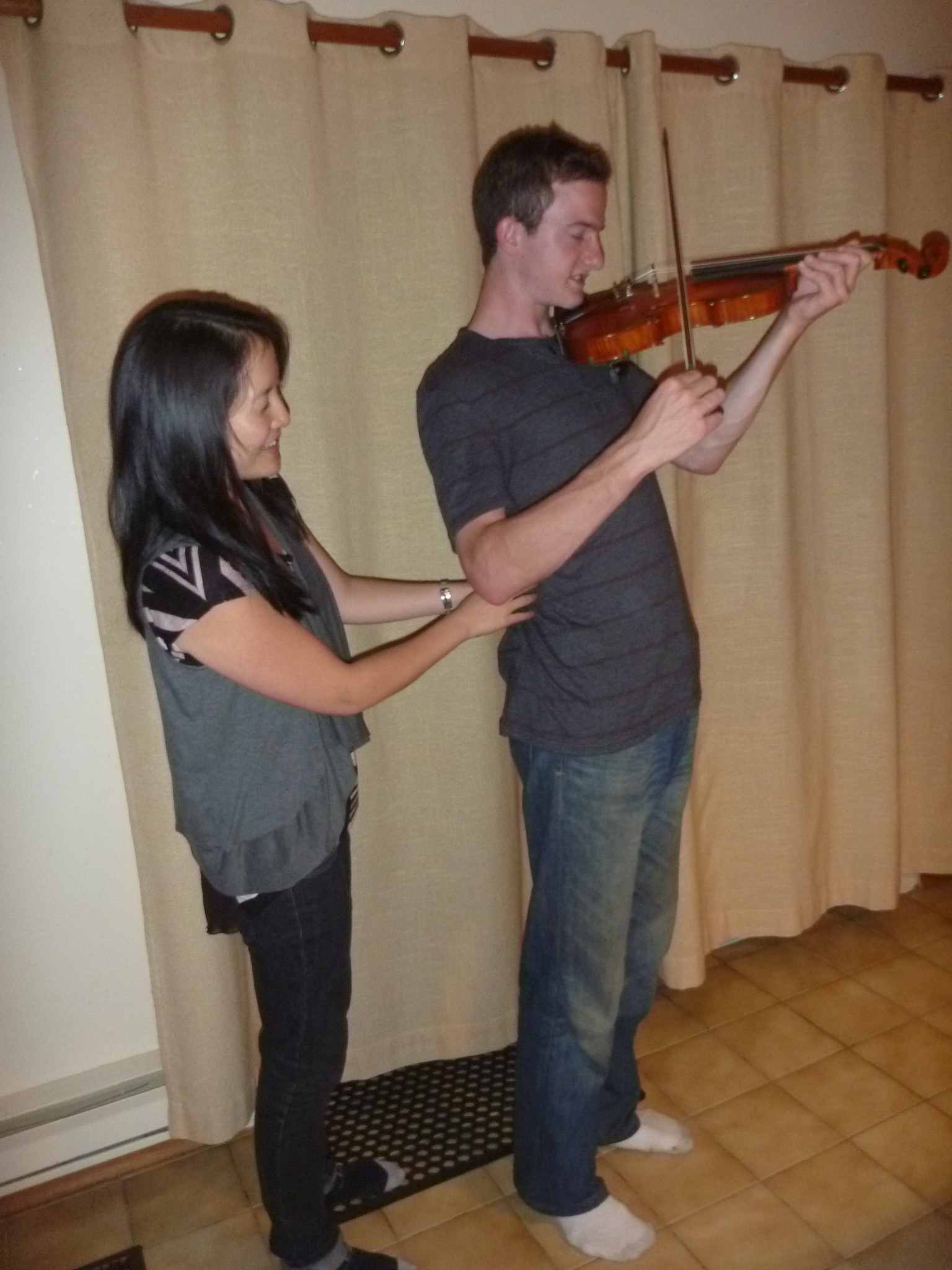
Here we see in standing another common posture. The head is forward, the upper thoracic spine is slightly back, the pelvis is pushed forward, the hips are extended and the knees want to lock into hyperextension. All sorts of potential problems here from the spine down to the knees.
6.Non-Violin Related Postures
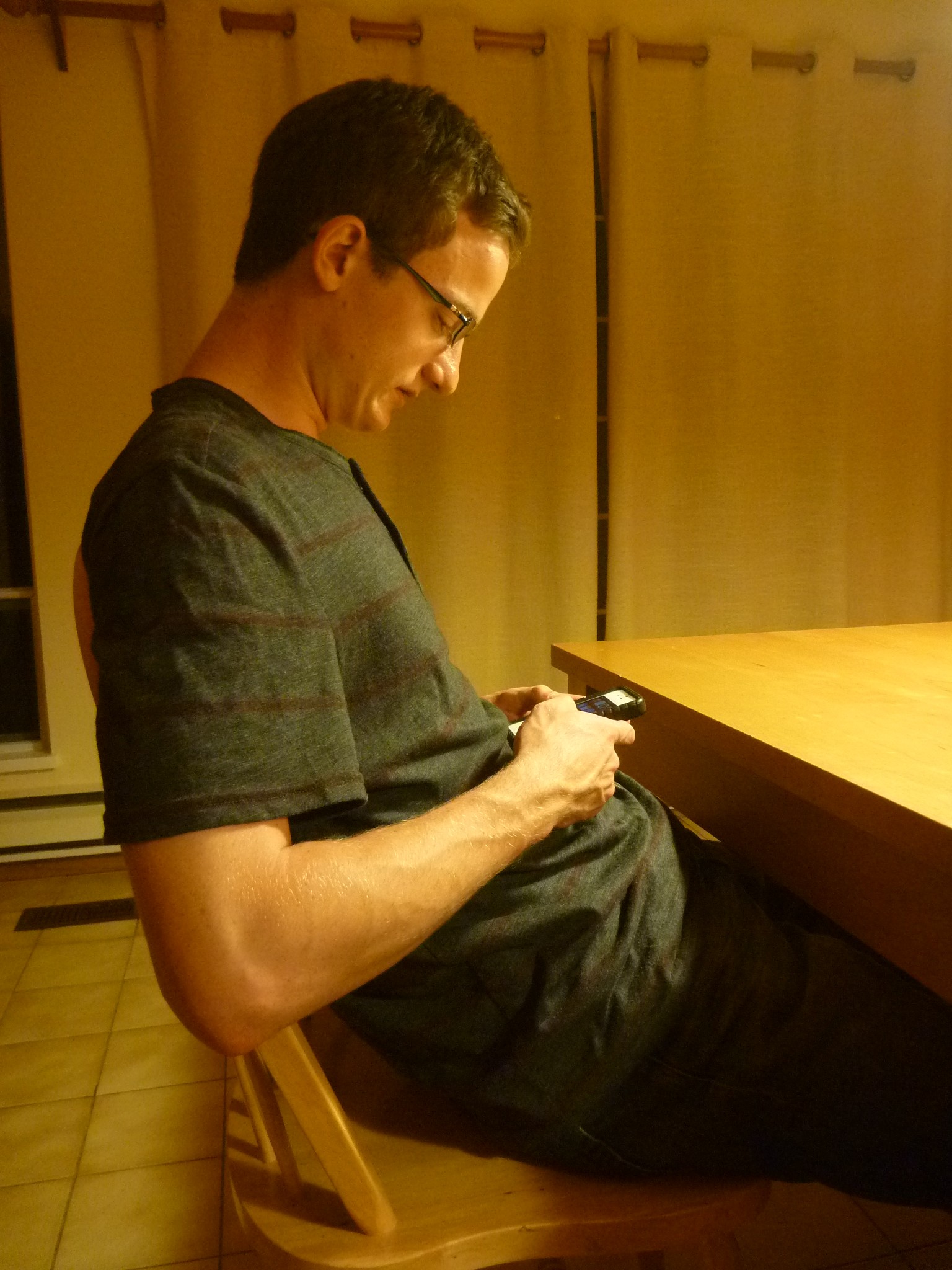
Another thing to consider is what your posture is like the rest of the day, when you are not playing violin. Below is a common posture we see with our smarthpones and devices. This posture, when held prolonged, can contribute to headaches, neck pain, back pain, and arm pain and even numbness and pins and needles.
Talk to one of our expert physiotherapists for more information. Call us at 604 568 4628 or book an appointment online today.
Grace Cheung is a physiotherapist who specializes in treating musicians and performing artists. She is also a musician and plays violin, piano, guitars and is now learning the cello. Grace is co-owner of Go! Physiotherapy Sports and Wellness Centre.
filed in
Latest Articles
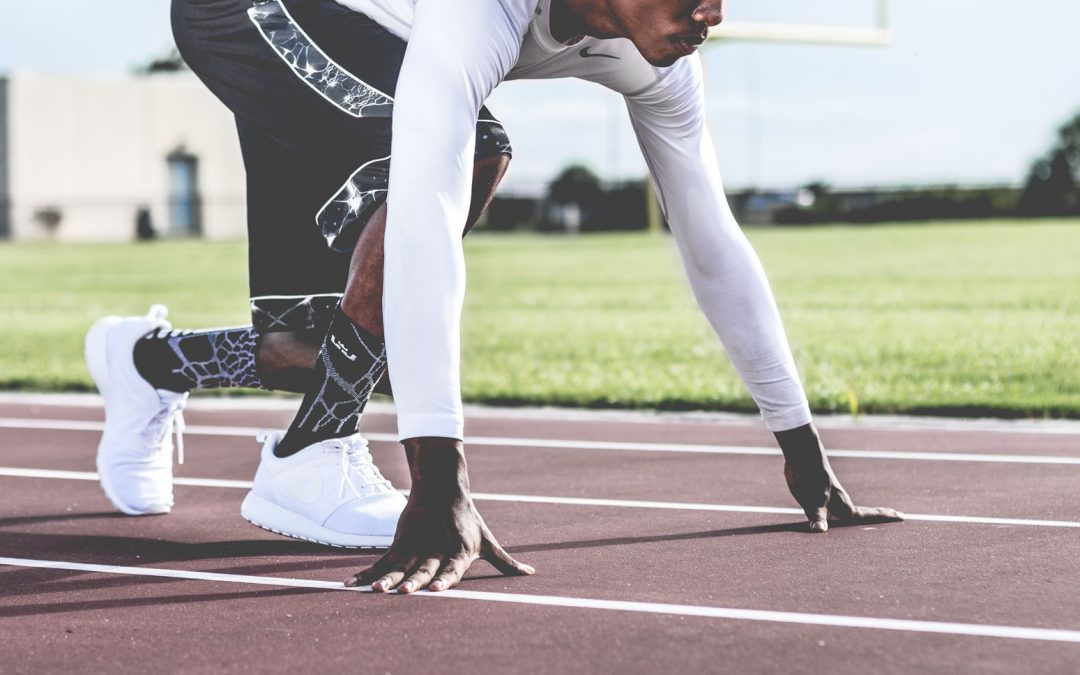
The Anteriorly Tilted Pelvis
RESOURCE LIBRARY This post was written by Go! Physio Kinesiologist, Steve Dempster. The pelvis has several important functions. Its primary role is to support the weight of the upper body when sitting and to transfer this weight to the lower limbs when...

Cancer Surgery and Rehab
RESOURCE LIBRARY Go! Physiotherapy Physiotherapists at Go! Physiotherapy are equipped with clinical rehabilitation expertise, oncology specialization, manual lymphatic drainage certification (LANA), and decades of rehabilitation experience in exercise...

We are still open! How? Our response to the COVID-19 pandemic
LATEST NEWS Go! Physiotherapy Staff Dear Friends of Go! Physiotherapy, These are unprecedented times. It feels that by the time we have finished crafting this sentence, things will have changed. And we here at Go! Physio are rolling...
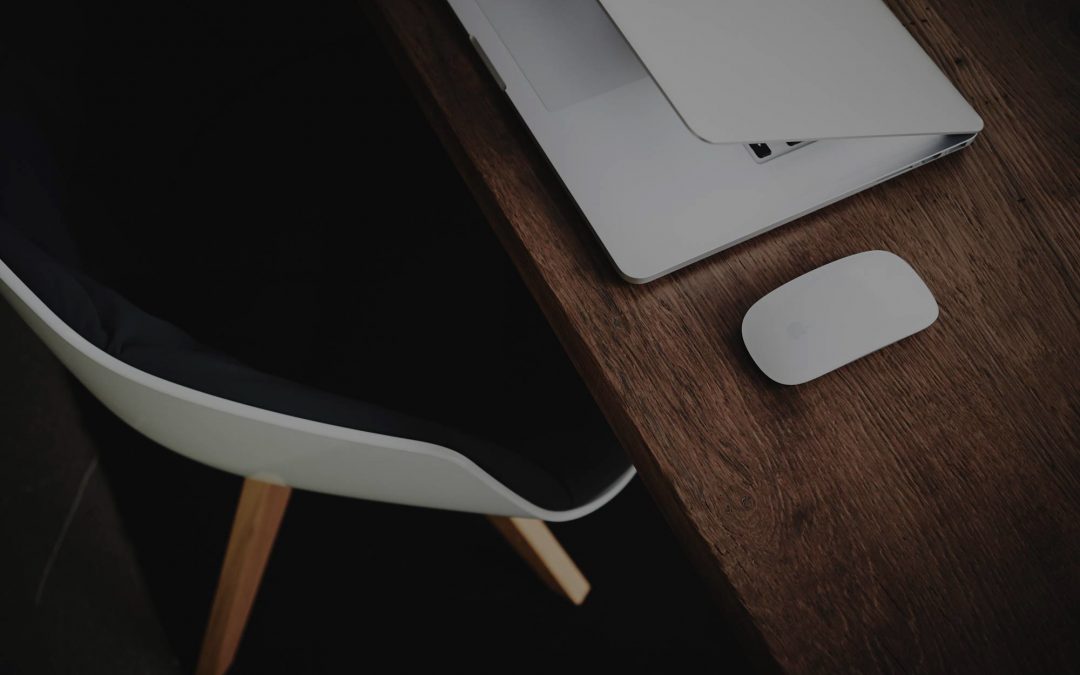
TeleRehab FAQs
RESOURCE LIBRARY Go! Physiotherapy Staff FREQUENTLY ASKED QUESTIONSDue to the COVID-19 pandemic affecting our community, we are committed to keeping our patients and staff safe by providing online video and phone calls (telerehab) until physical distancing measures...
Unlock Your Body’s Strength and Mobility Today
Book Online
Current patient? New, but know exactly what you’re looking for?
Contact Us
Never tried physiotherapy? Not sure where to start? Our friendly staff will guide you towards the best treatment for your situation.
Call: 604-568-4628
Email: go@gophysiotherapy.ca
